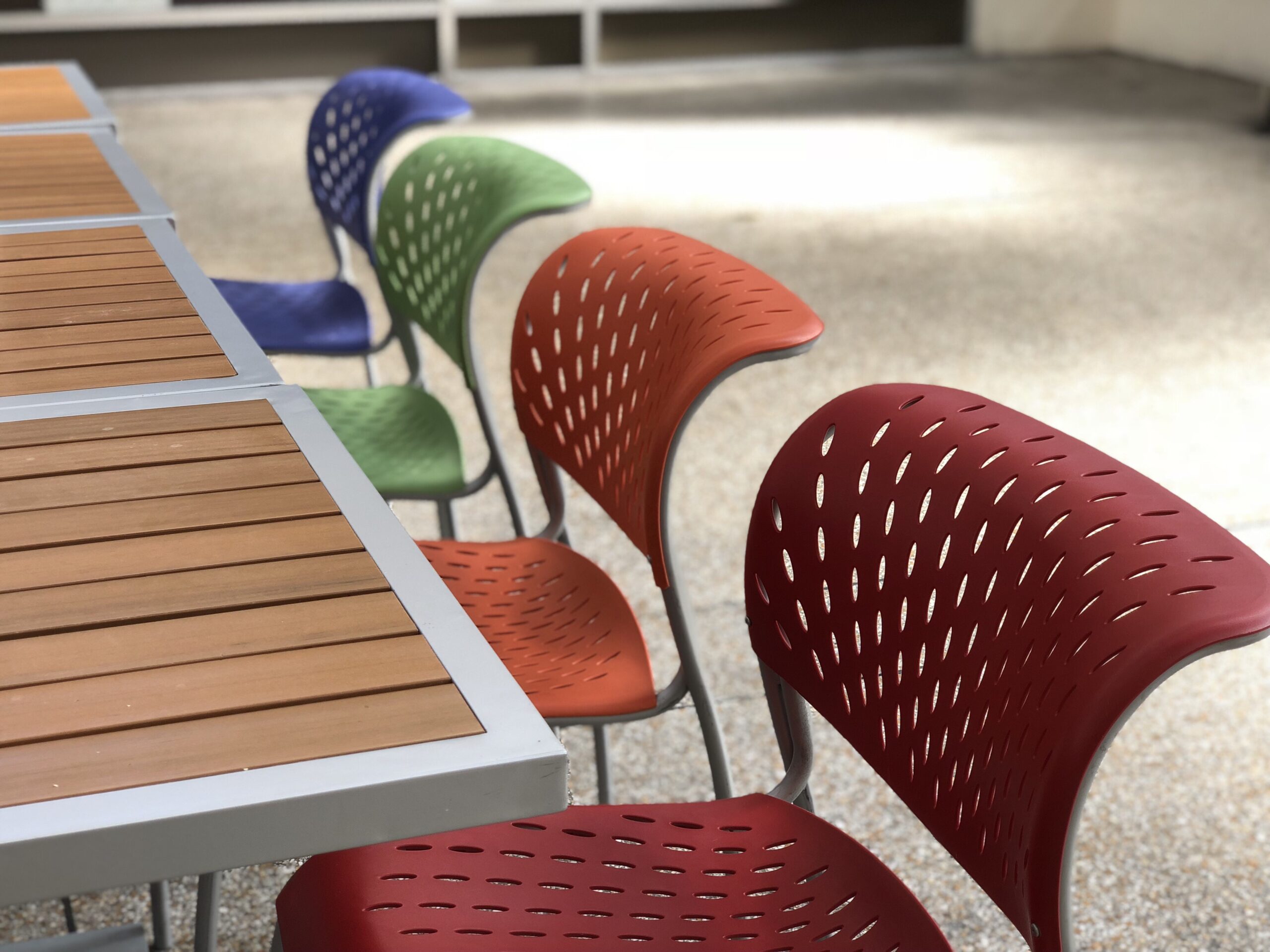MIT engineers have designed a food sensor, made from a series of silk microneedles, that can pierce through the plastic food packaging to sample for bacterial contamination and spoilage. The Velco-like device pierces the packaging and the food via silk microneedles that suck in material through capillary action.
Once the tiny holes on the needles draw fluid towards the back of the sensor, the analysis occurs. Two kinds of specialized “bioinks” react to the bacterial presence and certain pH levels, which respectively detect contamination and spoilage.
Related: FDA Issues First Injunction of its Product Safety Rule
While there have been several advances aimed at tackling the dual issues of contamination and food waste, from transparent skins made of food waste to strawberries dipped in silk, none of these creation are widely used yet. But MIT’s food sensor hopes to tackle both problems at once and gain widespread recognition.
To test out this microneedle strip, the researchers injected a piece of raw fish with E. coli, salmonella and a non-contaminated control fluid. They also waited for it to, essentially, rot. The strip did indeed work, showing a positive for the bacterium in about 16 hours and indicating spoilage a few hours after that.
While it’s useful in times of outbreaks such as the recent salmonella contamination in onions and peaches, these sensors could also be used by consumers to check if a product past its expiration date is indeed spoiled.
Benedetto Marelli, an assistant professor in MIT’s Department of Civil and Environmental Engineering told MIT News, “There is a lot of food that’s wasted due to lack of proper labeling, and we’re throwing food away without even knowing if it’s spoiled or not.” He continued, “People also waste a lot of food after outbreaks because they’re not sure if the food is actually contaminated or not. A technology like this would give confidence to the end-user to not waste food.”
The team is currently looking to make the microneedles absorb material quicker and make the bioinks react quicker to speed up the process. They envision that this invention could be of help at different stages of the supply chain once it is optimized to a commercially viable level.






Join or login to leave a comment
JOIN LOGIN